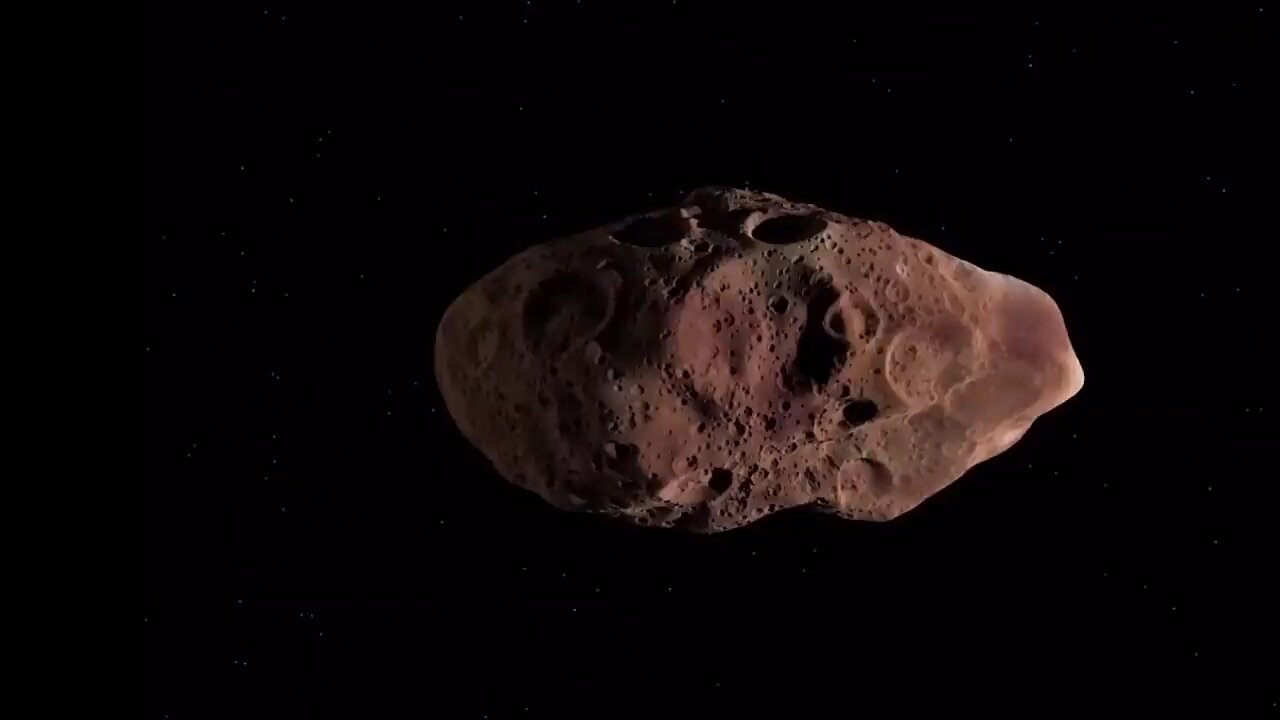Premium Only Content

A discovery that no one can explain! NASA passes the James Webb telescope.
Kindly subscribe to the Universe Space SL YouTube channel which brings you daily the latest information about interstellar space. Know the latest information. The universe is infinite. We can learn infinite things from it. When the James Webb Space Telescope was launched
In French Guiana on Christmas Day 2021, researchers expected it to provide incredible images of distant galaxies and star-forming regions, as well as probe the chemical composition of exoplanet atmospheres.
And NASA's flagship space telescope hasn't let us down.
JWST has already taken pictures of galaxies far away from Earth, and cosmic expansion has pushed their light deeper into the infrared range that the telescope is designed to detect. So, what did JWST find?
Jupiter? Will the mystery of the giant red spot finally be solved? Join us today for an amazing new discovery of Jupiter by James Webb Space
The telescope that changes everything!
fifth planet from the Sun, and the gas giant has a lengthy history of surprising astronomers. This stormy Region is covered with bright clouds and called for the sort of gods in Roman mythology. The Great Red Spot is the largest and most known storm is twice as broad as the Earth.
Galiled's 1610 discovery of Jupiter's four massive moons
I0 Europa, Ganymede, and Callisto revolutionized our understanding of the cosmos and our place within it.
These observations, which marked the first-time celestial bodies were discovered orbiting a body other than the
Earth, supported the Copernican notion that the Earth was not the center of the universe. According to NASA, Jupiter is more than twice as big as the rest of the solar system combined. Jupiter's massive size could hold more than 1300 Earths. If Jupiter were the size of a volleyball, Earth would be the size of a blueberry. because it was formed from gas left over from the sun's birth Jupiter was most likely the first planet to develop in the Solar System, and if it had been roughly 80 times more massive during its birth, it would have expanded into its own star. james webb telescopejames webb telescope terrifying discoveryjames webb proxima b,james webb telescope proxima bjames webb space telescope,james webbjames webb discoveryjames webb aliens,james webb trappistjames webb new image,webb telescope,james webb updatejames webb new images,proxima centauri,proxima b,proxima b aliens,proxima b radio signal,exoplanets,aliens,solar system,space,space videos,you curious,youcurious
-
 20:11
20:11
Candace Show Podcast
2 hours agoBecoming Brigitte: Candace Owens x Xavier Poussard | Ep 6
81.6K207 -
 LIVE
LIVE
Dr Disrespect
7 hours ago🔴LIVE - DR DISRESPECT - ELDEN RING DLC - REVENGE
3,167 watching -
 UPCOMING
UPCOMING
LFA TV
1 day agoThe End of the Trans-Atlantic Alliance | TRUMPET DAILY 2.17.25 7PM
2.19K -
 UPCOMING
UPCOMING
2 MIKES LIVE
3 hours ago2 MIKES LIVE #181 Deep Dive Monday!
89 -
 UPCOMING
UPCOMING
Quite Frankly
4 hours ago"Low Tide at The Pier: Munich Tears, World Gov Summit, More..." 2/17/25
1.43K -
 UPCOMING
UPCOMING
The Based Mother
5 hours agoBOOK BAN LIES. Karen England and the MSM fairy tale that books are being “banned” by fascists
56 -
 1:01:52
1:01:52
In The Litter Box w/ Jewels & Catturd
1 day agoBest Presidents' Day Ever! | In the Litter Box w/ Jewels & Catturd – Ep. 743 – 2/17/2025
84K58 -
 1:29:15
1:29:15
Simply Bitcoin
7 hours ago $8.33 earnedThey JUST Triggered A Global Gold Rush: $1M Bitcoin is coming! | EP 1184
78.6K26 -
 1:50:47
1:50:47
The Quartering
7 hours agoElon Musk's 13th Baby, Trump Attends Daytona 500, and Ramaswamy Enters the Ohio Governor's Race
104K41 -
 1:28:04
1:28:04
Russell Brand
7 hours agoBREAKING: UK Troops To Ukraine | Zelensky Wants “Army Of Europe” | JD Vance SLAMS EU Tyranny – SF538
193K53